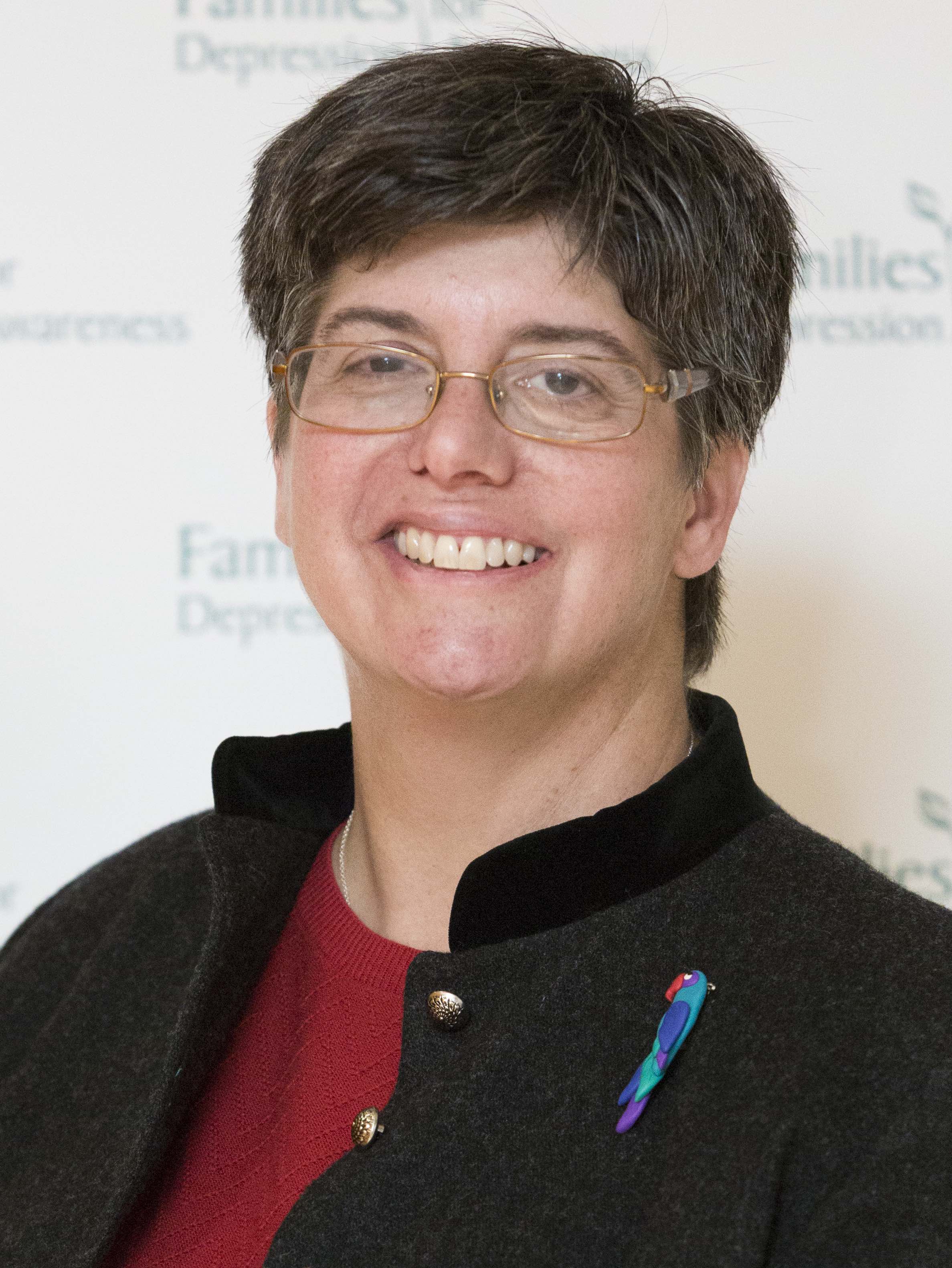 Dr. John Greden. M.D.
Dr. John Greden. M.D.
Executive Director of the University of Michigan Comprehensive Depression Center
Can you imagine 21 leading institutions collaborating on diagnosis and treatment of mood disorders? That’s the National Network of Depression Centers, affecting and advocating for mental health care. What does the NNDC mean for people living with depression or bipolar disorder and their families? Dr. John Greden met with CFYM to talk about the NNDC’s role, concerns, and impacts.
Say Hello to the National Network of Depression Centers
CFYM: Tell us about the NNDC and why it was formed.
JG: The NNDC is a national network of mood disorder specialists from psychiatry, psychology, social work, nursing, etc. To make real progress in the understanding and successful, sustainable treatment of mood disorders, we must
- initiate a more robust approach on how we diagnose, study and treat patients and,
- influence the policies put in place on researching and treating mood disorders
To do all that, a national collaborative network with the resources for widespread, longitudinal follow-up that has the ability to bring research findings into the community is required. At the NNDC we seek to model the collaborative networks for cancer, heart disease, and diabetes care, and emphasize why the same level of effort and funding is necessary to improve the lives of people living with mood disorders.
CFYM: Why do you put such an emphasis on policy?
JG: You can’t modify research or clinical delivery if you can’t make changes in policy. We need policies that move away from short-term research grants and that support a change of approach in how we measure outcomes. Think about cancer: we all talk in terms of “five-year survival” and patients are studied and followed for that long to make sure we really know the treatments have made a difference. But in mental health, we only do eight-or twelve-week studies. That’s not enough to understand if we are really making a difference: can the patient successfully live alone or return to work or return to a process of happiness?
CFYM: So your major focus on policy is in changing how research is done?
JG: That’s not at all the only part. We have to influence policies so that insurers pay to treat a patient fully, including covering interdisciplinary approaches like those utilized by NNDC members. We also need policies to encourage routine screening and early diagnosis of mood disorders, so that they are detected and treated in ages 15-24, the peak starting age for mood disorders. Addressing mood disorders at earlier ages makes absolute sense from public health, budgetary, and treatment perspectives. One in every six people will develop a mood disorder, and every patient who can be identified earlier in the process can be helped sooner and will be treated less expensively.
CFYM: What else is a priority for you?
JG: Collaborative care in the community is a significant platform for us because most mental health care is provided by non-psychiatrists. We are working to develop a comprehensive approach that enables researchers with new findings to promptly translate these to the various providers of treatments and services, including primary care medical professionals, social workers, teachers, religious leaders, and others in order to improve patient outcomes. Rural and remote areas struggle even more; they have few primary care physicians, let alone psychiatrists.
Although telemedicine is one method to provide care, our more robust approach not only embeds clinicians where care is being delivered but also brings care managers from those communities to NNDC centers. At these centers they learn about approaches to treatment as they are being pioneered. When they bring that experience back to their communities, they become more efficient in translating new care techniques to the clinic setting.
CFYM: You’re talking about a lot of quite radical changes in the way mental health care is funded, researched, and implemented. Are changes this significant really the way forward?
JG: Definitely. Presumably, the 600 members of the NNDC believe so. The approaches that we currently use to treat mood disorders are just not working, or at least not working well. Let’s look at suicide rates: if the current approach is working, why are suicide rates not coming down? Why are the costs of treating people still the same? Why is care not reaching so many of the people who need it? Why do 30-40% of patients not respond to the treatments we currently have available and develop “Treatment Resistance”?
There are mental health practitioners who are “married” to one idea of therapy—“it must be psychotherapy” or “it must be medications”—yet we have evidence that a combination of psychotherapy and medication is almost always the best approach. It’s important to recognize that interdisciplinary partnerships are crucial, and to keep building the body of evidence to ensure that the best approaches are adopted. “Partner or Perish.”
We treat mental health issues in an episodic way, even though we know that mood disorders are going to be with a patient for a lifetime and may recur even with the best therapy. Also, everyone needs to routinely measure outcomes to have solid evidence of treatment benefit. We have to get past the mentality of clinicians who say, “I can tell how a patient is doing by just talking to him/her,” because that’s not an objective measurement and fails to generalize. In NNDC Centers, we are measuring the outcomes of all the approaches to treatment and outreach that we take, including the collaborative care model. The care providers in the communities where we embed collaborative care almost always plead that the program continue, but who will pay for it? Our aim is to get reimbursement for this approach throughout the country by showing it is cost- and treatment-effective.
Return to CFYM on Thursday to learn more about how NNDC can capitalize on its large network to maximize research in treating mood disorders.
Your Turn
- Have you benefited from collaborative treatment?
- Have you experienced challenges or obstacles to this approach?
- How can payors better support collaborative treatment?









[…] Read Part I […]